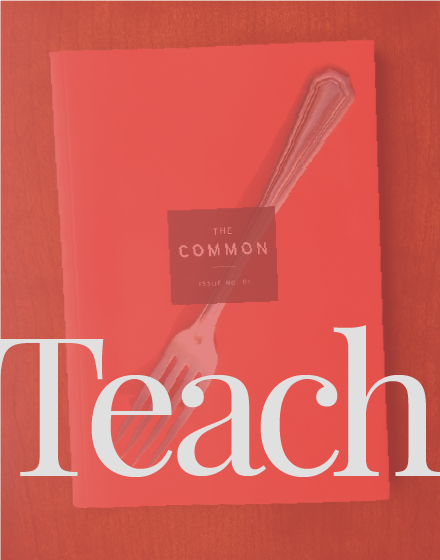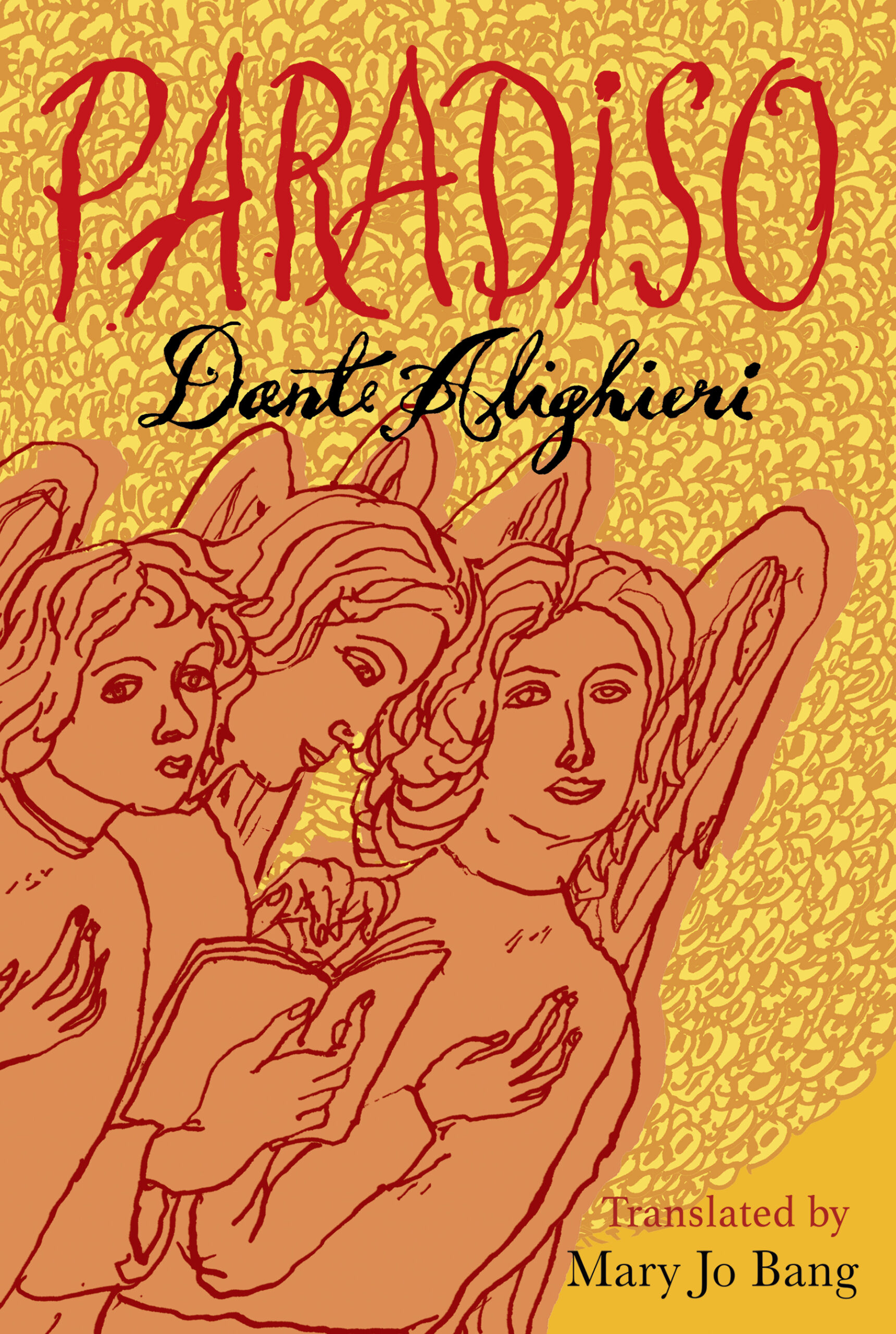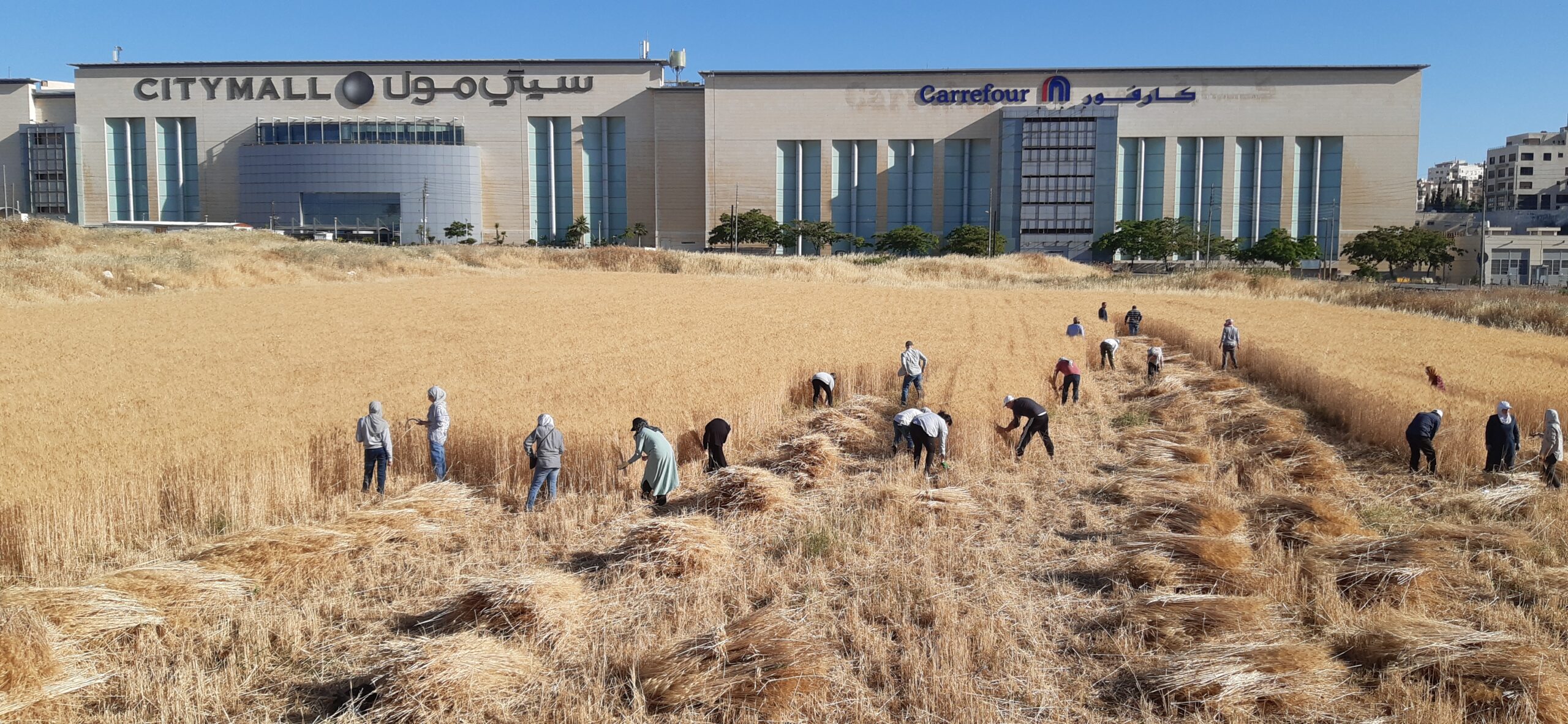The following is a collection of resources for students and teachers exploring The Common’s works in translation; see also: resources focused on Arabic literature in English translation.
How to Read a Translation by Lawrence Venuti (Words Without Borders).
12 Rules and 3 Translations from Banipal-commended translator Maia Tabet (ArabLit); read Tabet’s work in The Common.
Carina del Valle Schorske discusses the art and importance of translation (The New York Times Magazine).
The Common’s Translation Editor, Curtis Bauer, discusses the importance of reading widely, and which came first, the translator or the poet (Center for the Art of Translation).
On choosing projects and the future of translation: an interview with Elisabeth Jaquette (Center for the Art of Translation); read Jaquette’s work in The Common.
On process, the need for literary translation, and more: an art talk with NEA Literature Translation Fellow María José Giménez; read Giménez’s work in The Common.
“Untranslatable” words and the “beautiful chaos of possibility”: María José Giménez in conversation with fellow translator Corine Tachtiris (Words Without Borders).
On poetry, translation, & other crucial cross-sections with María José Giménez (Jacket 2).
On moving between poetry and translation: Q & A with Marilyn Hacker and recommended reading (Book Culture).
Writing across languages, an interview with Valzhyna Mort (The California Journal of Poetics); read Mort’s translations in The Common.
The poetics of translation and the role of the translator: Valzhyna Mort in conversation with Dr. James Byrne (video; Edge Hill University).
Mother tongues, the complexities of language, and the art of translation, as explored by translator Jennifer Shyue in The Common.
Podcast: Translator Jethro Soutar on Portuguese Translations. Soutar discusses three pieces he translated for Issue 20 of The Common, which features a special portfolio of writing from and about the Lusosphere—Portugal’s colonial and linguistic diaspora around the globe. In this conversation, Soutar talks about the complexities of translating poetry and prose: capturing not just the meaning of a piece but the feeling and atmosphere of it, and the culture behind the scenes. He also explains a little of the colonial and racial history of Portugal, Cape Verde, and Mozambique, and how those events echo today through the literature and language of modern Lusophone countries.
Sample lesson plan: “Living with an Author and a Translator” (adapted from Curtis Bauer, The Common’s Translation Editor; Director of Creative Writing Program and teacher of Comparative Literature at Texas Tech University).
Focus on Arabic Literature in English Translation
Broadly applicable to classrooms studying literary translation, the following resources focus on the translation of Arabic literature to English, and are particularly helpful for students and teachers reading Issue 11: Tajdeed, our annual portfolios of Arabic fiction featuring work from Jordan (Issue 15), Syria (Issue 17), and Sudan (Issue 19), Morocco (Issue 21), or other Arabic works in translation.
In “Translation as Art: Against Flattening,” Hisham Bustani, The Common‘s Arabic Fiction Editor, discusses the richness of contemporary Arabic literature, countering the stereotypes of “east” and “west,” and contributing to “the ongoing discourse of translation as a ‘bridge between cultures’ and a means for mutual understanding.” (translated by Robin Moger).
“New” Arabic Writing: Cataclysm in Fast-Forward: Hisham Bustani discusses the fall of romanticism and the rise of experimentalism in contemporary Arabic writing.
“Time paradigms” and trust-building: The Common’s Editor in Chief Jennifer Acker describes the challenges of translating from Arabic to English and the collaborative process of editing and publishing Tajdeed with Arabic Fiction Editor Hisham Bustani (Amherst magazine).
Podcast: Elisabeth Jaquette on Translating Sudanese Fiction. Jaquette discusses four stories she translated from Arabic for Issue 19 of The Common, which features a special portfolio of Arabic fiction in translation from established and emerging Sudanese writers. In this conversation, Jaquette talks about the delights and difficulties of translating from Arabic, as well as her thoughts on form, style, and satire in literature from the Arab world. She also discusses translating Minor Detail by Adania Shibli, which is currently a finalist for the National Book Award for Translated Literature; read Jaquette’s translations in The Common.
Translation and Cooking, Context and Failure: Translator Maia Tabet on the politicization of Arabic in the English context and why you can’t be a literalist in translation (Arab Lit); read Tabet’s work in The Common.
On Translating, Together: Author and The Common’s Arabic Fiction Editor Hisham Bustani and translator Thoraya El-Rayyes in conversation with ArabLit discuss retaining “feel” and “flow” through a collaborative translation process; read El-Rayyes’ work in The Common.
Debunking the myth of the translator “genius-wizard.” Author Hisham Bustani, translator Thoraya El-Rayyes, and poet Naomi Shihab Nye discuss El-Rayyes’ translation of Bustani’s work and investigate experimental form, the commodification of art, and the question of what literature can, and should, give to the world (Apogee).
The Erasure of Islam from the Poetry of Rumi: Problems of interpretation and how, “[a]s conduits between two cultures, translators take on an inherently political project” (The New Yorker).
A True Loss in Translation: The Edited English Version of Khaled Khalifa’s In Praise of Hatred. What happens when an ending is removed, leaving a published translation that differs significantly from the original text (ArabLit).
Highlights from “Translation, Testimony, Activism: An Interview with Samah Selim,” in which Selim discusses how her reasons for doing translation—and her views on what it does and is—have shifted over time (ArabLit; full interview in Getuigen: Testimony Between History and Memory; October 2016).
Kareem James Abu-Zeid on ‘Literary’ vs. ‘Academic’ Translation (video; ArabLit).
Denys Johnson-Davies on Translation (No, He Doesn’t Like It) (video; ArabLit).
Recommended reading: Translation and Conflict: A Narrative Account (Routledge) by Mona Baker; ArabLit Quarterly (launched fall 2018).
Sample lesson plan for Issue 11: Tajdeed (adapted from Marilyn Sides, Senior Lecturer and Director of Creative Writing, Wellesley College).




